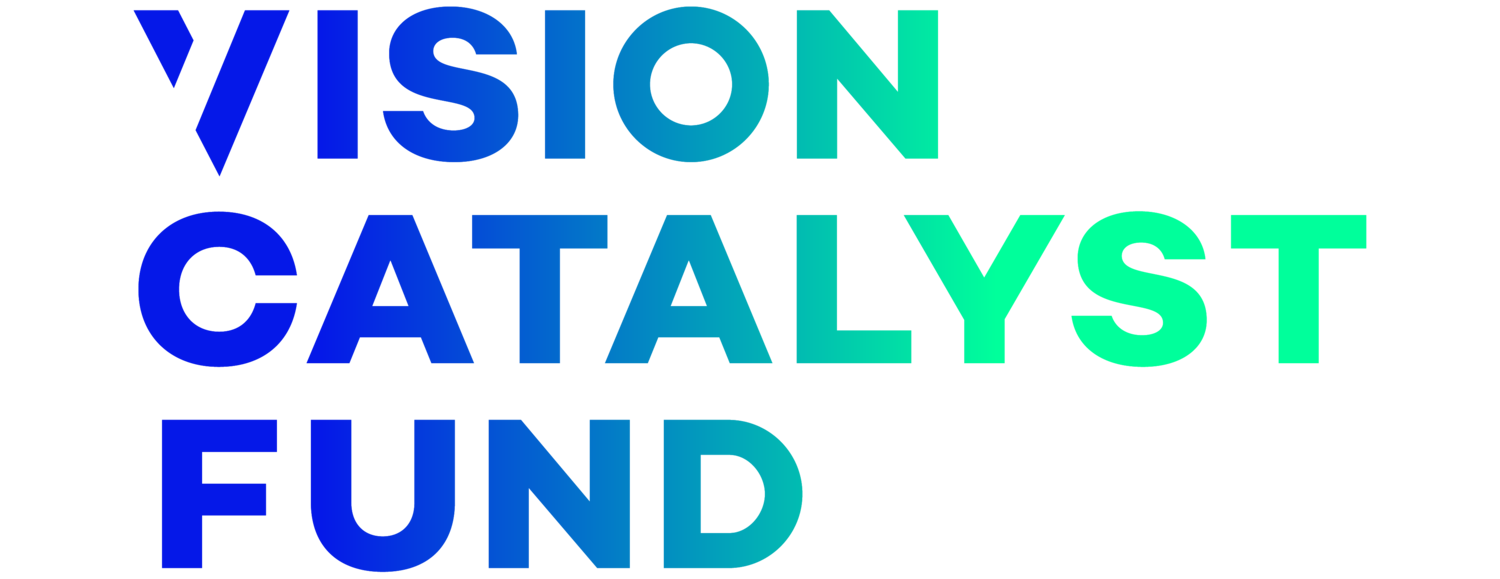Building a better case for vision
Our guest blogger this week is Will Straw, Chief Operating Officer at Clearly, which was Founded by philanthropist James Chen, who is one of the Vision Catalyst Fund’s founding partners.
When people think about eye care, it tends to be within the parameters of health care. But vision is far more than a health issue.
The scale of the problem is staggering. With uncorrected poor vision currently affecting at least 1 billion people worldwide and quite possibly many more, we can no longer sit back and fail to address this global, developmental challenge.
Vision impacts education, productivity, employability, road safety, equality and quality of life. In many ways it is the golden thread running through the UN’s Sustainable Development Goals which the world has committed to meeting by 2030.
The facts are staggering.
There are some 310 million children with myopia (short sight) alone and this figure will rise to 480 million by 2050 without urgent action. Imagine going to school and not being able to read the board. How frustrating to fall behind for want of a pair of glasses - especially when every dollar invested in improving a child’s eyesight returns $150 over a lifetime.
In the workplace, productivity has been shown to increase by 22% - equivalent to an extra day a week - through the simple act of providing a pair of glasses. For those over 50, this rises to 32% and helps retain experienced workers who might otherwise fall out of the labour market altogether. Companies providing sight tests and affordable glasses for their workers not only improve quality of life for their staff but boost their company’s bottom line too.
Road traffic accidents have become the biggest global killer of 5 to 30 year olds. Research has shown that 59% of road traffic accidents are linked to poor sight. A combination of making eye tests a mandatory part of driving licenses around the world and programmes to provide affordable glasses to drivers could dramatically cut these horrific numbers.
There has rightly been a major focus on the rights of women and girls in recent years. Gender equity cuts across eye care as women make up two in three people who are blind. And the odds of getting eye care treatment is halved if you are a woman. Simply put, gender equality won’t be possible without providing eye care for all.
There are, of course, many demands on policy makers’ time and governments’ budgets but few issues with such cost effective, cross-cutting impact.
It’s time for the world to show vision on vision.



